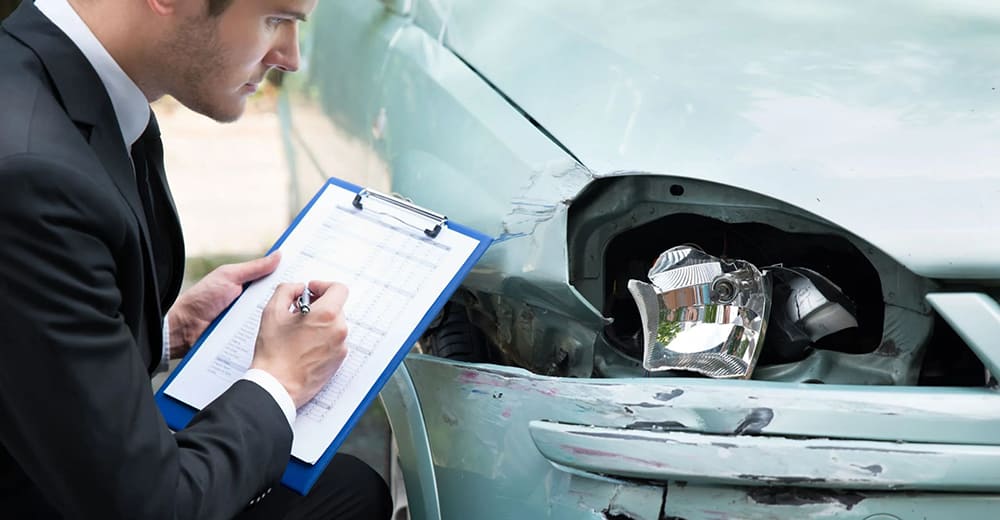Can the Condition of My Car Determine Fault in an Accident?
Imagine you’re cruising down the road, windows down, your favorite tunes coming from the speakers when out of nowhere, bam! You’re in a car accident. Suddenly, you find yourself in a whirlwind of confusion, exchanging information with the other driver and dealing with insurance companies.
One of the questions that might come into your head is, “Could the condition of my car have anything to do with determining who’s at fault here?” It’s a fair question that many people tend to find answers to when they meet an accident.
Let’s jump into the details to unfold whether the state of your vehicle can actually influence the blame game after a collision.
Well-Maintained What Does it Mean
You’ve probably heard the saying, “A well-maintained car is a safe car.” It’s a nugget of wisdom that your driving instructor probably doled out while tinkering with his vintage ride. But does this wisdom hold any legal weight when it comes to assigning fault in an accident?
The Nuts and Bolts of Determining Fault
When an accident occurs, fault is typically determined based on a combination of factors:
- Traffic Laws: Did someone run a red light? Were they speeding? Did they fail to yield the right of way? These are all examples of violations that can directly affect who’s at fault.
- Eyewitness Accounts: Witnesses can play a crucial role in providing their perspective on what happened. Their statements can either support or contradict the drivers involved.
- Police Reports: Law enforcement officers who arrive at the scene will document their findings, including any traffic violations or unsafe behaviors they observe.
- Evidence: Physical evidence like skid marks, damage to vehicles, and the point of impact can offer valuable clues about how the accident occurred.
The Condition of Your Car
Now, let’s talk about the condition of your car. While it’s not typically the primary factor in determining fault, it can play a role in certain situations.
Mechanical Failures
If your car suffered a mechanical failure that directly contributed to the accident, you could be held partially responsible. For instance, if your brakes failed and you rear-ended someone, it might be argued that you didn’t properly maintain your vehicle.
Maintenance Negligence
Neglecting to maintain your car can indirectly impact fault. Let’s say your tires were bald, and you couldn’t stop in time to avoid a collision. In this scenario, your lack of maintenance could be a contributing factor.
Visibility
Keeping your lights, turn signals, and mirrors in working order is essential for safe driving. If an accident occurs because your lights aren’t functioning correctly, it might affect the allocation of fault.
The “Last Clear Chance” Doctrine
There’s a legal concept known as the “last clear chance” doctrine. This doctrine can come into play if both drivers share some degree of fault. Essentially, it examines who had the last opportunity to avoid the accident.
Let’s say you’re driving, and someone suddenly swerves into your lane without signaling. You brake and try to avoid the collision, but you still end up in a fender-bender. Both drivers might bear some blame here. However, if you had the last clear chance to avoid the accident (e.g., by swerving or slowing down further), you could be assigned a higher degree of fault.
Contributory and Comparative Negligence
It’s worth noting that fault in an accident isn’t always black and white. Different states have different rules for determining fault, and they fall into two main categories: contributory negligence and comparative negligence.
Contributory Negligence
In a contributory negligence state, if you’re found even slightly at fault for the accident, you may not be able to recover any damages from the other party. It’s a harsh standard and is only used in some places.
Comparative Negligence
Most states use some form of comparative negligence, which allows you to recover damages even if you’re partially at fault. There are two types:
Pure Comparative Negligence
You can recover damages even if you’re mostly at fault, but your compensation is reduced by your degree of fault.
Modified Comparative Negligence
You can recover damages as long as you are not equally or more at fault than the other party.
If your car’s condition played a role in the accident, it might impact your ability to recover damages, depending on the state’s negligence laws.
Conclusion
The condition of your car isn’t typically the star of the show when it comes to car accidents and assigning fault. Traffic laws, eyewitness accounts, police reports, and evidence are the main actors in this drama. However, if your car’s condition directly contributed to the accident or if you were negligent in maintaining it, it could make an appearance as a supporting character in the story of fault determination.
Remember, every accident is unique, and the rules can vary by state. So, suppose you find yourself in a collision. In that case, it’s essential to consult with legal professionals who can help you navigate the complex world of fault determination and ensure that your rights are protected in the process. According to Davis Kelin, a car accident lawyer serving Albuquerque, hiring an attorney can provide guidance to achieve a favorable outcome for complex cases. After all, in the aftermath of an accident, you want your legal team to be as reliable as your well-maintained car.











